A new pilot program from the Federal Transit Administration will help communities make better use of land around transit lines and stops. For those interested in applying, T4America recently pulled together several experts in a session to help them understand how to best take advantage.
One of the few bright spots in MAP-21 was the creation of this small pilot program of competitive grants for communities trying to support better development within their new transit corridors — a smart way to boost ridership and support local economic development.
With applications due in November, this T4America webinar was timely for those municipalities hoping to take advantage of federal dollars intended to better capitalize on the value of past investments in transit.
Nearly $20 million is available to support transit-oriented development around “fixed guideway” projects, which includes light rail, subway, streetcar, commuter rail, and bus rapid transit running in separate lanes. Grants from $250,000 to $2 million will be allotted to the best applicants from across the country that are focused on mixed-use development, affordable housing, and bicycling/pedestrian needs and have a strong, proven partnership with the private sector.
John Hempelmann, founding partner of Cairncross & Hempelmann, praised the private sector for leading the way on partnerships with transit agencies, realizing that projects like these bring both jobs and economic opportunities to the area.
“Urban growth is happening all over the country. We have this opportunity and we need to do this right.”
Hempelmann also stressed that while the program was over-subscribed, applicants should take heart. Because it’s oversubscribed, he said, it shows the Department of Transportation that local communities want this type of development. And just by applying communities are making progress by working to get private businesses on board and form coalitions. Even for the applications that don’t win funding, these critical partnerships can be of benefit in the future.
It’s not just about partnership with the private sector, though. The U.S. Department of Transportation has made it clear that if a project spans multiple jurisdictions, they want to see partnerships between the communities to show dedication to the project.
Beth Osborne, senior policy advisor for Transportation for America, highlighted the absolute necessity for these kinds of partnerships throughout the community, since it proves to the Department of Transportation that there is not only local interest, but also local support and commitment to the project.
“They want local commitment to the project; people can often be just as important as cash,” Osborne said.
Private and institutional land-owners and developers are critical to the long-term success of transit-oriented development, because they’re the ones most often putting their capital up or building the actual product in these areas around transit lines. Creating partnerships that can do it right offer the greatest opportunities for creating walkable, connected neighborhoods with good access to jobs and affordable housing.
We’ll continue providing similar resources like this webinar, and we’ll be tracking the progress of these applicants and reporting back on the winners hopefully in 2015. To keep updated on these kinds of webinars, sign up for our newsletter here, follow us on twitter, and check back here regularly.
(Ed. Note: Also featured as speakers were Homer Carlisle, Senior Professional Staff for the U.S. Senate Committee on Banking, Housing, and Urban Affairs, and Sarah Kline, policy director for Transportation for America.)




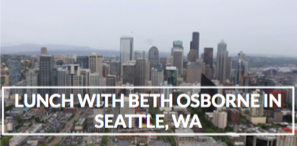
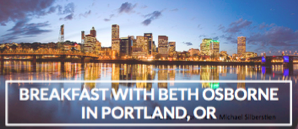

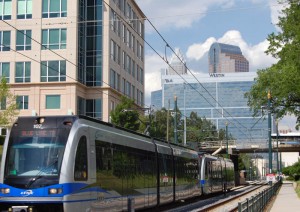






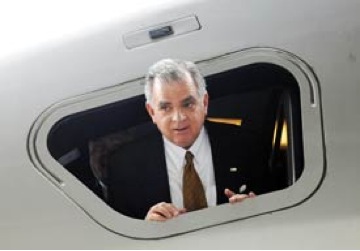
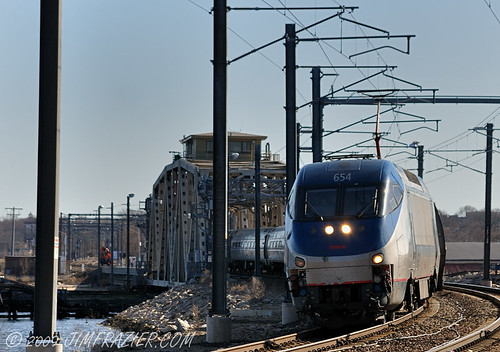
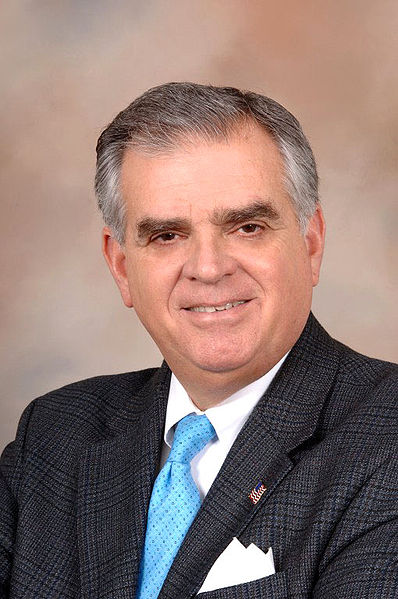 U.S. DOT Secretary Ray Lahood
U.S. DOT Secretary Ray Lahood